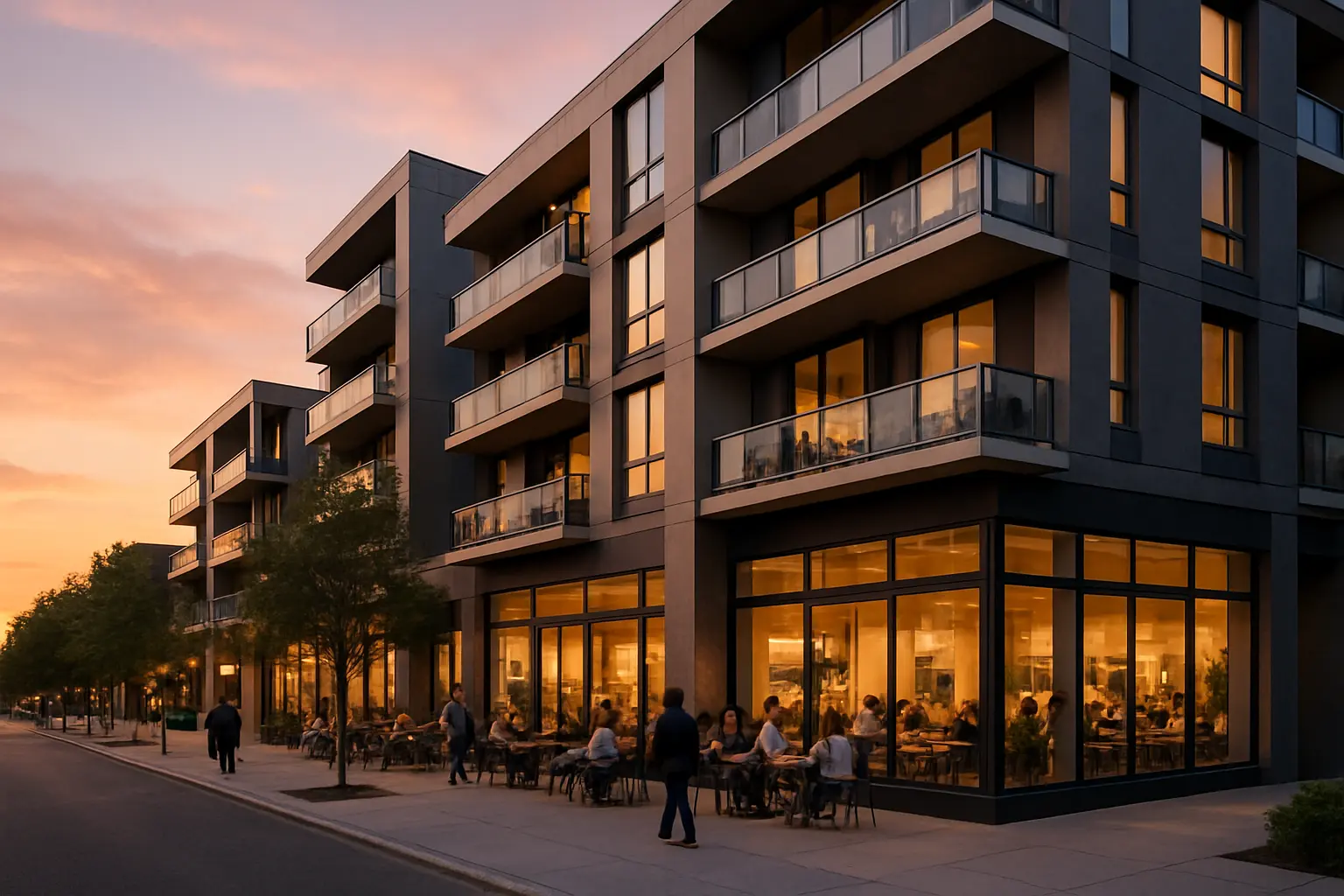Smart Investment Strategies: Navigating Mixed-Use Properties in Today's Market
Discover how combining commercial and residential spaces can maximize your real estate portfolio's potential

Understanding the Rise of Mixed-Use Properties
Mixed-use properties have emerged as a compelling investment opportunity in today's evolving real estate landscape. These developments, which seamlessly blend residential and commercial spaces, are reshaping urban and suburban areas alike, creating dynamic communities that cater to modern lifestyle preferences.
The surge in popularity of mixed-use developments stems from changing consumer behaviors and urbanization trends. Today's tenants seek convenient, walkable neighborhoods where they can live, work, and play without lengthy commutes. This shift has created a robust demand for properties that combine residential units with retail spaces, offices, and entertainment venues.
Key Benefits of Mixed-Use Investments
Investing in mixed-use properties offers several distinct advantages that can enhance your investment portfolio:
- Diversified Income Streams: Multiple revenue sources from different property types provide financial stability and reduced risk
- Lower Vacancy Risk: Different tenant types help maintain steady cash flow even when one sector experiences downturns
- Enhanced Property Values: The synergy between uses often leads to higher property appreciation compared to single-use properties
- Increased Foot Traffic: Residential tenants provide built-in customers for commercial spaces
Smart investors recognize that mixed-use properties aren't just buildings; they're ecosystems that create value through synergy and community engagement.
Strategic Location Selection
The success of a mixed-use investment largely depends on its location. Consider these crucial factors:
Key Location Criteria
- Proximity to public transportation
- Demographics and population growth trends
- Local zoning regulations and development policies
- Market demand for both residential and commercial spaces
Understanding local zoning laws is crucial before investing. Many municipalities now favor mixed-use developments, offering incentives and streamlined approval processes for these projects.
Future-Proofing Your Investment
To ensure long-term success in mixed-use property investment, consider these forward-looking strategies:
Adaptation Strategies
- Flexible Design: Incorporate adaptable spaces that can evolve with market demands
- Technology Integration: Implement smart building systems to enhance efficiency and tenant satisfaction
- Sustainability Features: Include green building elements to attract environmentally conscious tenants and reduce operating costs
The key to maximizing returns lies in maintaining a balance between different uses while staying attuned to market trends. Regular property updates and amenity improvements help maintain competitiveness and attract quality tenants.
Risk Management
Successful mixed-use property investment requires careful risk management through:
- Thorough due diligence before purchase
- Professional property management
- Regular market analysis and adjustment of tenant mix
- Maintaining adequate insurance coverage
By following these guidelines and staying informed about market trends, investors can build a resilient mixed-use property portfolio that generates sustainable returns while contributing to vibrant community development.


